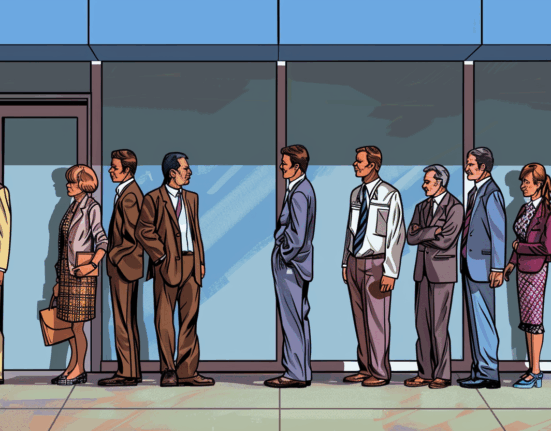Before the election, there was a buzz in the business world about the Albanese government’s mounting budget deficits and growing public debt. It seemed like a pressing issue that needed to be addressed. Yet, post-election, when steps were taken to increase taxes on wealthy individuals’ superannuation to save up to $3 billion annually, it sparked uproar. The reactions seemed contradictory but shared a common thread of criticizing a government that many in the business community didn’t favor.
The situation highlighted how voters often engage in wishful thinking when it comes to budget matters – hoping for more benefits without being willing to foot the bill. It’s almost like politicians are saying,
“You want more but don’t want to pay for it? No problem.”
This dynamic underscores the delicate balance between public expectations and fiscal realities.
In a recent speech by Treasury Secretary Dr. Steven Kennedy, he presented a graph showing the long-term structural deficit in the budget extending all the way to 2035-36. This structural deficit projection is crucial as it reveals the ongoing challenge of balancing expenditures with revenue generation over an extended period.
Kennedy also pointed out significant trends such as escalating spending on programs like the National Disability Insurance Scheme (NDIS) surpassing defense expenditure. Meanwhile, both federal and state governments continue their spending spree without clearly outlining sustainable revenue sources to support these commitments.
Aruna Sathanapally from the Grattan Institute boldly stated that governments are falling short in generating sufficient revenue to cover expenses adequately. She emphasized that Australia remains relatively low on tax collections compared to other OECD countries while offering high-quality services across various sectors like healthcare and aged care.
Sathanapally shed light on the structural gap caused by an aging population coupled with diminishing tax revenues due to generous concessions. She highlighted avenues for addressing this imbalance including reducing spending, enhancing revenue streams, and fostering economic growth – albeit acknowledging that boosting economic growth significantly is easier said than done.
The prevailing tax system in Australia heavily relies on individuals and companies while granting substantial concessions for wealth-related assets like property and superannuation investments. Sathanapally raised concerns about costly tax breaks such as those related to superannuation which predominantly benefit higher-income earners without significantly curbing age pension expenditures.
Moreover, she criticized policies like capital gains tax breaks and negative gearing for fueling housing market speculation instead of promoting productive investment channels. These insights underscore deep-rooted issues within Australia’s taxation framework that require careful consideration and reforms moving forward.
Sathanapally’s call for action resonates strongly as she highlights the intergenerational disparity where younger generations face economic challenges while shouldering disproportionate burdens compared to previous cohorts who enjoyed more favorable conditions during their working years.
It’s rare to encounter such candid assessments within public discourse that cut through political rhetoric with pragmatic solutions. The need for transparent dialogue surrounding fiscal responsibilities is paramount as we navigate towards a sustainable financial future where both present and future generations can thrive harmoniously.









Leave feedback about this